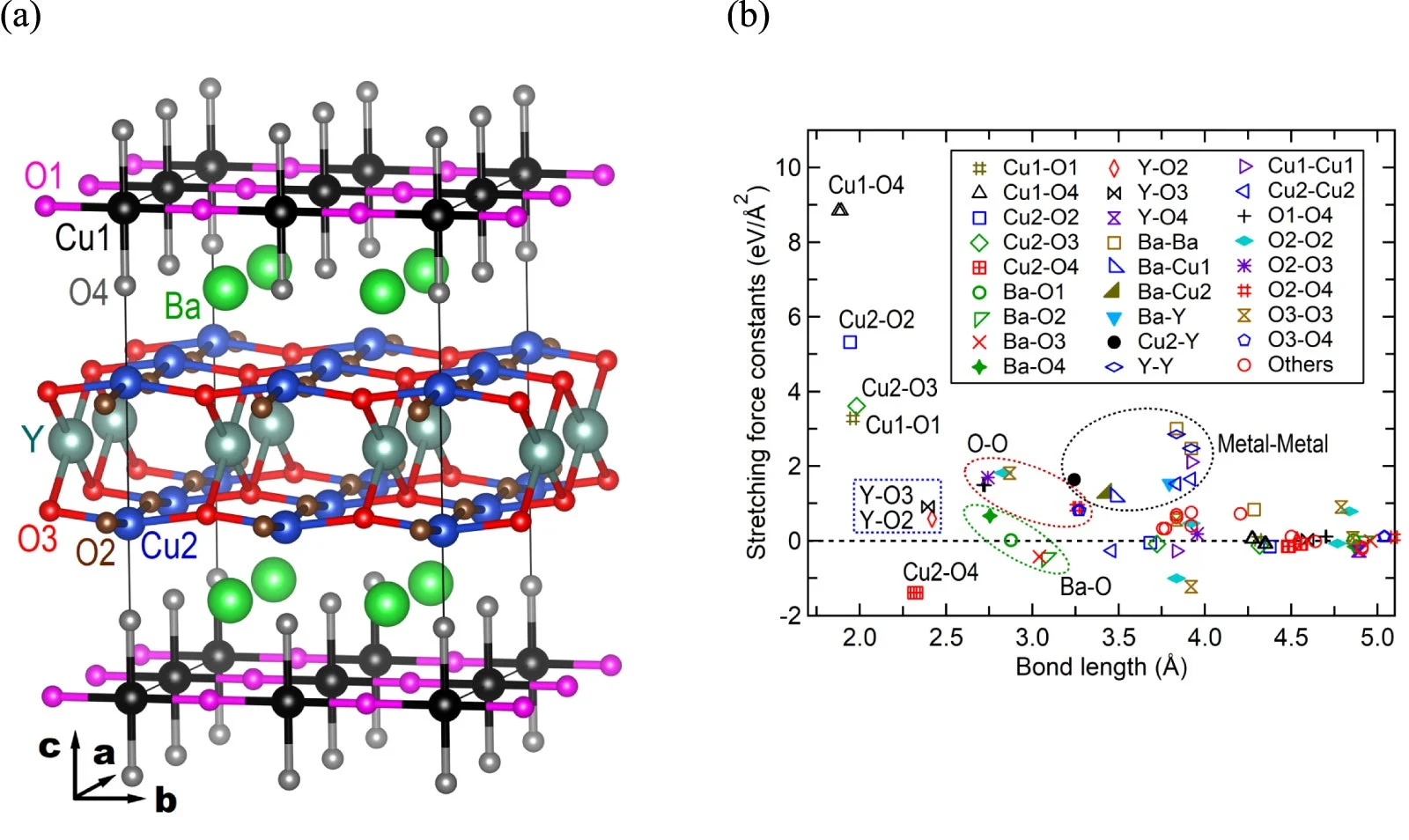Penn State researchers developed a computational model using zentropy theory to predict materials that could become superconductors at higher temperatures, advancing the search for practical, resistance-free conductors and signaling possible breakthroughs in energy technology.

October 31, 2025

Source:
The Brighter Side of News
New Model Offers Superconductivity Breakthrough
Penn State scientists have unveiled a computational approach that could reshape the hunt for practical superconductors. Led by Zi-Kui Liu, the team harnessed zentropy theory to map materials likely to conduct electricity with zero resistance at higher temperatures. Unlike current superconductors, which only perform in frigid environments, these predictions aim at room-temperature performance, potentially ending energy losses in daily applications.
How the Model Works
Combines quantum and classical physics via zentropy theory.
Uses density functional theory (DFT) to simulate atomic-level interactions.
Visualizes "straight one-dimensional tunnels" (SODTs) where electrons pass without friction.
For example, their framework predicted frictionless electron paths in both existing and new superconductors, including copper, silver, and gold—traditionally not linked with high-temperature superconductivity (Penn State News).
Keep up with the story. Subscribe to the PR+ free daily newsletter

Source:
The Brighter Side of News
Significance for Energy and Technology
High-temperature superconductors are a game-changer. Current superconductors require expensive, complex cooling. New materials predicted by the Penn State team could operate at much higher—or even room—temperatures, according to Scientific American.
Potential Real-World Impact
Power grids could operate with zero energy loss.
Faster, more efficient electronics are possible.
Lower operational costs by eliminating the need for ultra-cold cooling systems.
"This is about making lossless electricity transmission a reality—not just a laboratory dream," said Liu in a recent interview.
Next Steps
The team is planning large-scale computational screening—analyzing over five million materials. Their approach also considers how external pressure might push materials into a superconducting state (Nature).
Read More

Source:
SciTechDaily
Share this news:




















